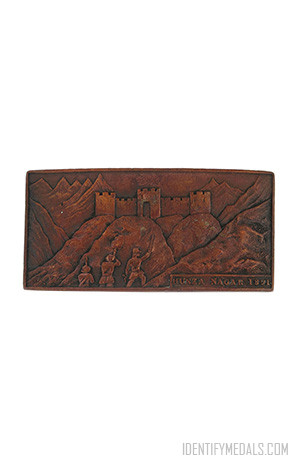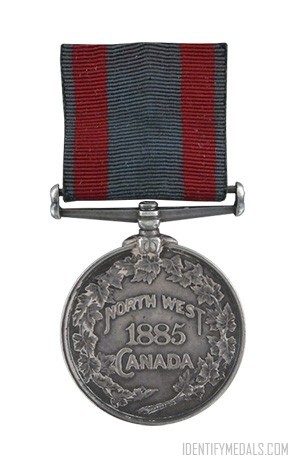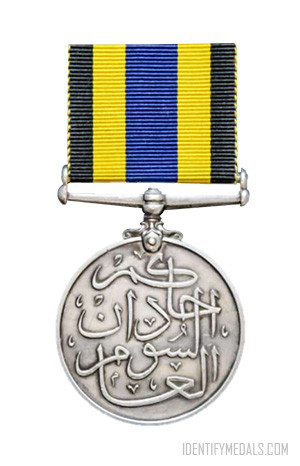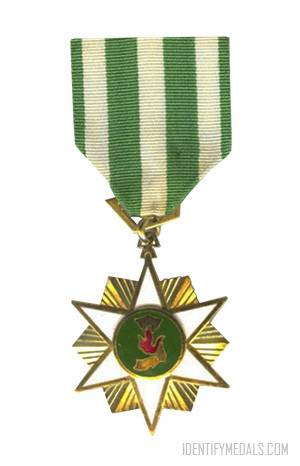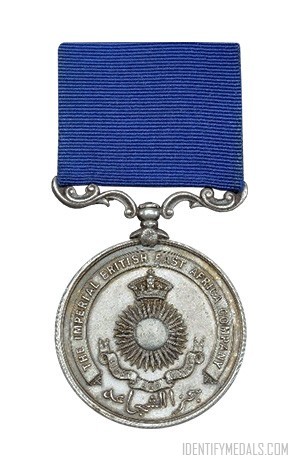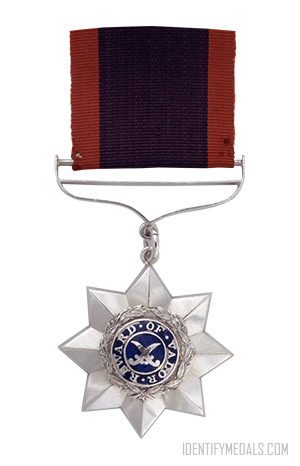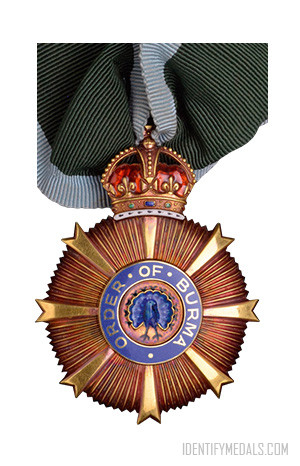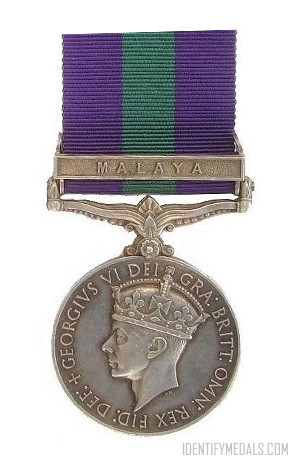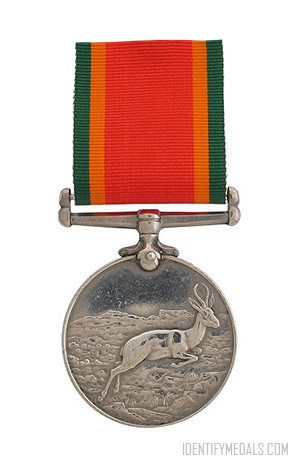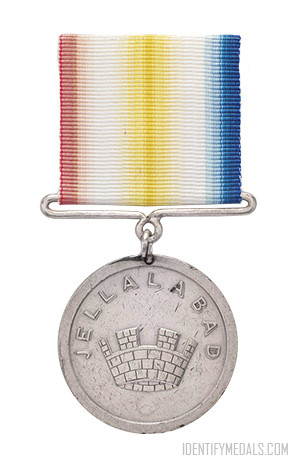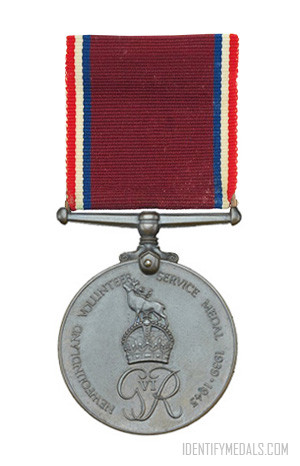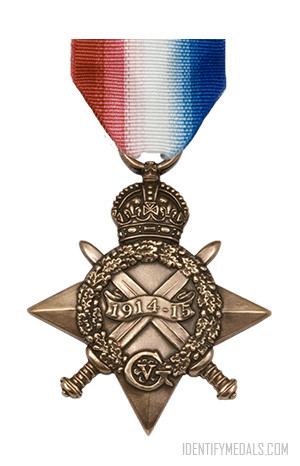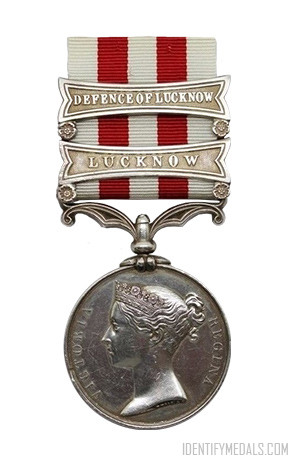- Time Period: Pre-WW1
- Year of Institution: 1891
- Country: Great Britain
The Hunza Nagar Badge was manufactured by Gurney of London in 1891 and awarded by the Maharajah of Jammu and Kashmir to his troops who served in the operation against the border states of Hunza and Nagar. This war is known in Pakistan as the “Anglo-Brusho War”.
The British gained control of Nagar during a battle at Nilt Nagar (Jangir-e-Laye) in 1891. The fort at Nilt was stormed, and after a fortnight’s delay, the cliffs beyond it were also carried by assault. Hunza and Nagar were occupied, the chief of Nagar was reinstated on making his submission, and the half-brother of the raja of Hunza was installed as chief in the place of his brother.
Awarded in a single class, it was originally worn as a brooch at the neck, and later, it was decided that it could be worn as a medal and some of the badges had the fittings altered in order to accommodate the ribbon. Approximately 1,515 of the badges were issued.
Recipients of the Hunza Nagar badge also qualified for the Indian general service medal with clasp for Hunza 1891.
The Hunza Nagar Badge Design
The medal is a rectangular plaque struck in bronze and measures 46 by 27 millimeters in diameter.
The obverse shows an officer and two sepoys storming the fort in the hills at Nilt, with mountains in the background and the inscription “HUNZA NAGAR 1891” below and to the right.
The reverse is plain except for the maker mark “GURNEY & SON, LONDON, WOODSTOCK STREET” or just “WOODSTOCK STREET”.
The suspension in through two loops on the reverse. The ribbon is 46mm by 32mm large and has a broad red diagonal bar and white center stripe and green upper left and lower right corners.

